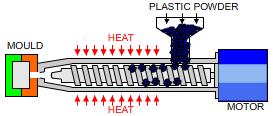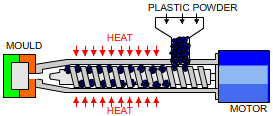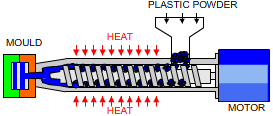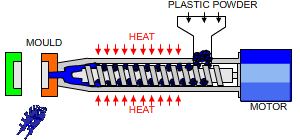China Mould maker, Zhilian Mould is a famous Mould maker in the mould town of China.
As a professional China Mould maker, we supply plastic Mould making, plastic product style design, structure design for many plastic product manufacturers at home and abroad, we have carried out the quality managements according with ISO9000-2000 and ISO/TS16949, under this managements standard, Zhilian Mould has become professional Mould maker recognized by the world.
China Mould maker,China Mould manufacturer,China Mould making company,Chinese Mould making,Moulds making service,Moulds making suppliers in China.
Injection Mould Manufacturer
Injection Moulding (Injection moulding) is a manufacturing process for producing parts from both thermoplastic and thermosetting plastic materials. Material is fed into a heated barrel, mixed, and forced into a Mould cavity where it cools and hardens to the configuration of the cavity. After a product is designed, usually by an industrial designer or an engineer, Moulds are made by a Mouldmaker (or toolmaker) from metal, usually either steel or aluminum, and precision-machined to form the features of the desired part. Injection Moulding is widely used for manufacturing a variety of parts, from the smallest component to entire body panels of cars.
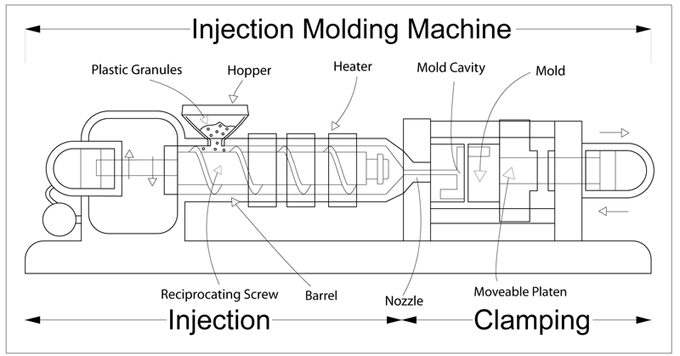
Injection process
With injection Moulding, granular plastic is fed by gravity from a hopper into a heated barrel. As the granules are slowly moved forward by a screw-type plunger, the plastic is forced into a heated chamber, where it is melted. As the plunger advances, the melted plastic is forced through a nozzle that rests against the Mould, allowing it to enter the Mould cavity through a gate and runner system. The Mould remains cold so the plastic solidifies almost as soon as the Mould is filled.
1. Granules of plastic powder (note the plastics listed above) are poured or fed into a hopper which stores it until it is needed.
2. A heater heats up the tube and when it reaches a high temperature a screw thread starts turning.
3. A motor turns a thread which pushes the granules along the heater section which melts then into a liquid. The liquid is forced into a mould where it cools into the shape (in this case a DVD storage unit).
4. The mould then opens and the unit is removed.

